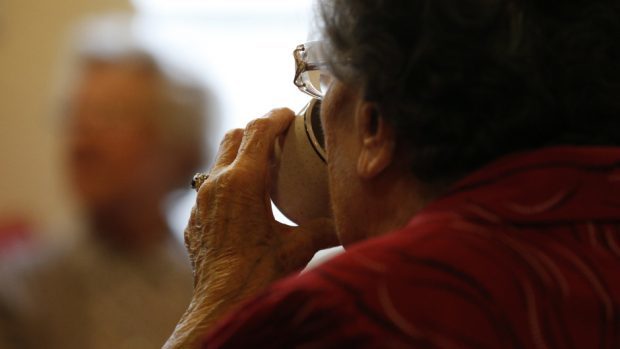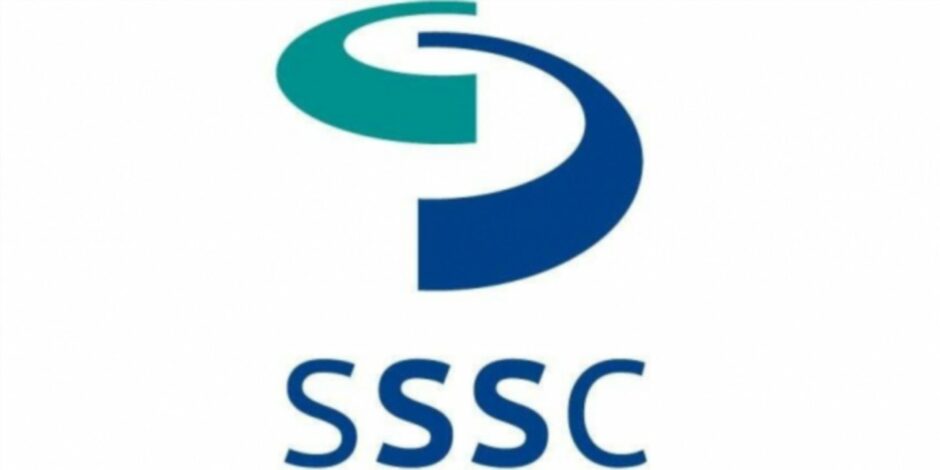A support worker has had conditions imposed on his licence to work with adults by the Scottish Social Services Council (SSSC).
Huntly-based care at home support worker Philip Parker was found to have formed an “inappropriate relationship” with his client – by passing on his bank details and speaking to them outside of working hours.
Parker was said to have made breaches of fitness to practice rules laid down by the SSSC over a four-month period between November 25, 2019 and March 13, 2020.
Rules broken a further four times
In a report published this week, it stated Parker had provided a supported person with his bank details, his private telephone number and e-mail address.
Parker then telephoned the supported person outside working hours and discussed personal matters with his client.
It was stated that “Your behaviour in doing so is a breach of professional boundaries and you have formed an inappropriate relationship with the client.”
The SSSC found a further four instances of breaches of professional boundaries, which it said “indicates a pattern of behaviour over a period of around four months”.
By doing so, Parker was said to have breached professional boundaries with a vulnerable person and as such, has had conditions imposed on his licence.
‘Unable to demonstrate that you will not repeat similar behaviour’
The report said: “Your actions amount to a pattern of disregarding professional boundaries.
“However, your behaviour appears to have resulted from poor judgment rather than malicious intent. This reduces the seriousness of your behaviour.
“Breaching professional boundaries can create unrealistic expectations and confuse a professional relationship.
“Your behaviour had the potential to cause the client to be unclear about what to expect from relationships with social service workers and could negatively affect how they interact with them in the future.”
It continued: “While you have shown insight and regret, you have not been able to demonstrate that you will not repeat similar behaviour as you have not worked in the sector since the behaviour occurred.”
Parker was told that if he came back into a role within social care he would have to tell any future employer of the sanction, and undertake training in adult support and protection.


Conversation